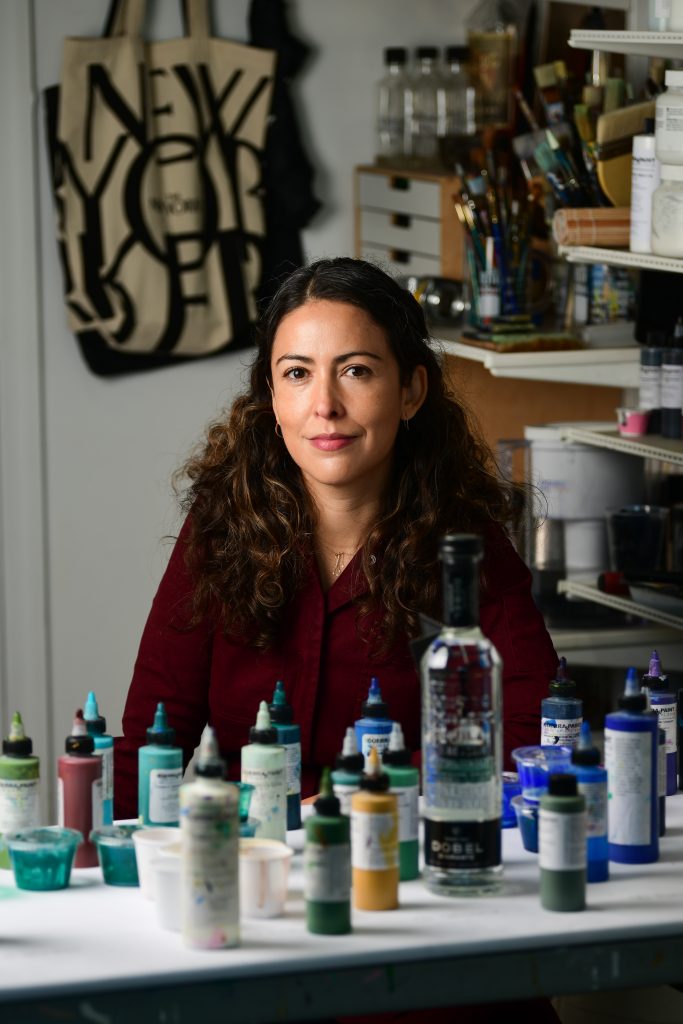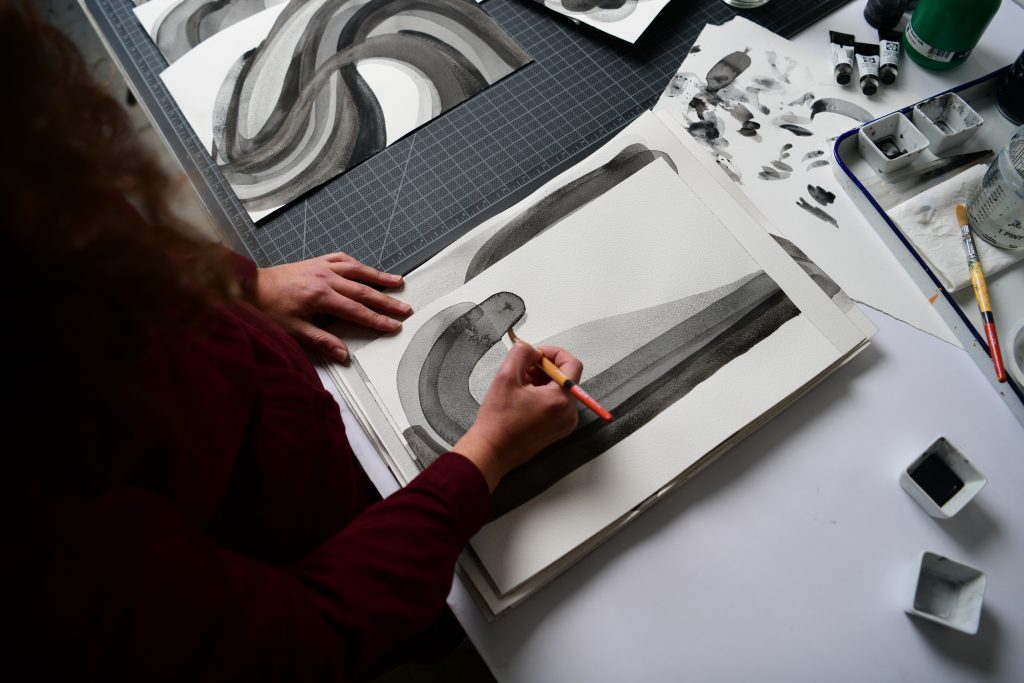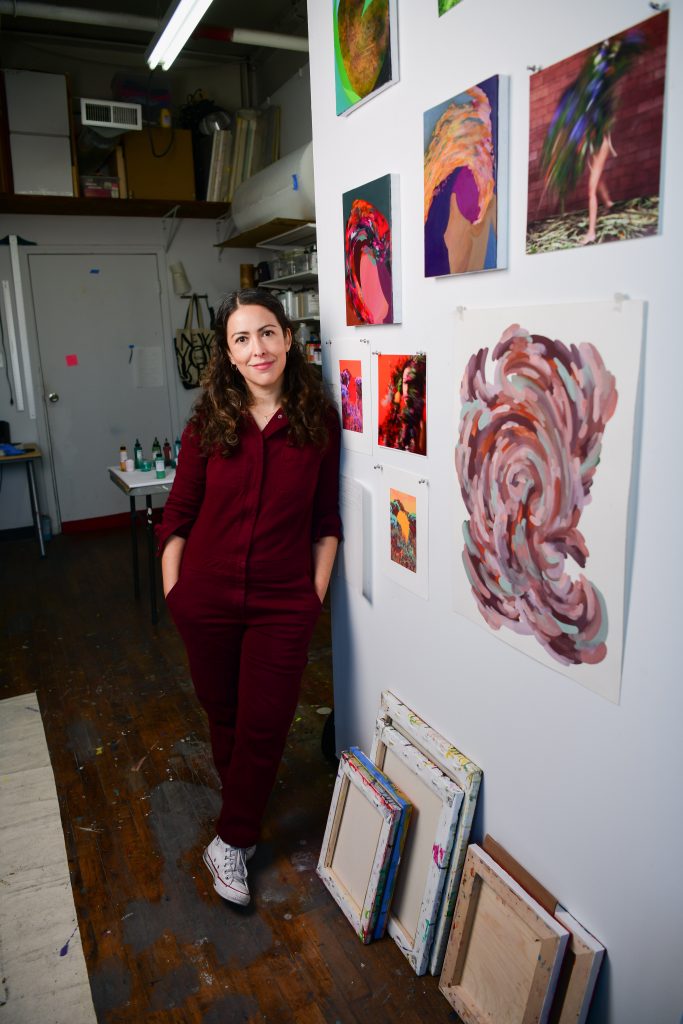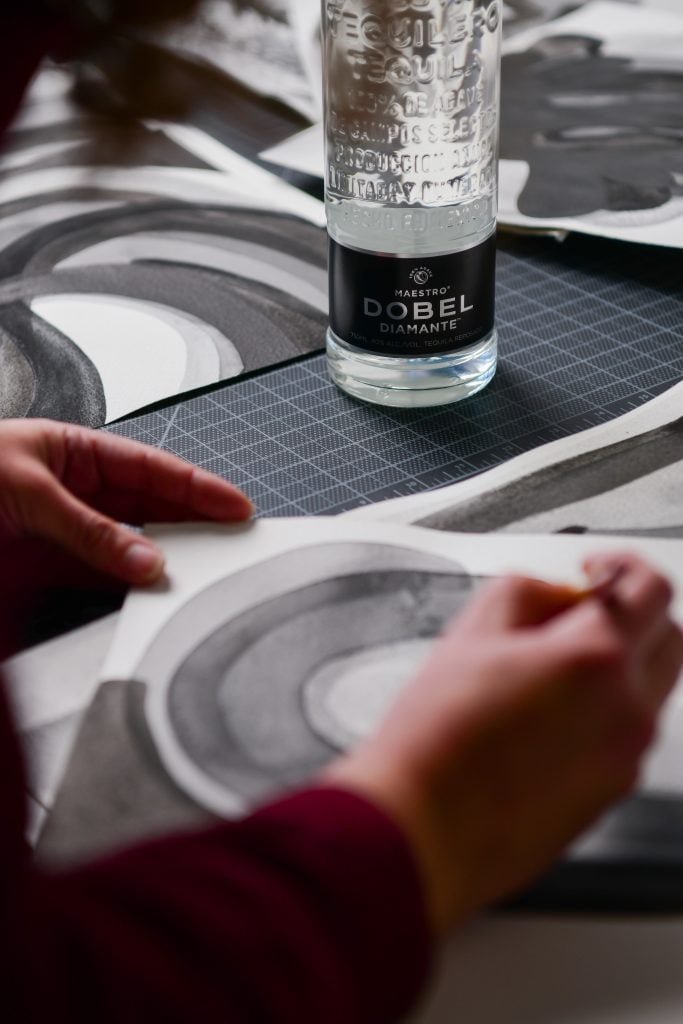People
‘I Wanted to Reconnect With the Land’: How Artist Mariana Garibay Raeke Retooled Her Sensibilities at the Pocoapoco Residency
We spoke with the artist about the many lessons she absorbed while in Mexico.

We spoke with the artist about the many lessons she absorbed while in Mexico.

In Partnership With Maestro Dobel Tequila

To mark Maestro Dobel Tequila’s sustained support of the arts and cultures of Mexico, Artnet is teaming up with the brand to support the Pocoapoco artists’ residency in the south of the country. In celebration of the residency’s ethos of intelligent innovation, and its drive to uphold and transform tradition, the spirit-maker will make a donation to assist its operations. This interview is part of a series of three with artists who have passed through the program.
Mariana Garibay Raeke, the New York-based artist and designer, was missing home, and wanted an occasion to go back.
Born in Guadalajara, the artist has lived in the US since her 20s, and came upon the Pocoapoco residency in Mexico while doing research online about artists’ programs in her home country. After being accepted and traveling to Oaxaca, where the program is based, she began an experience that felt “foreign and familiar at once,” she says.
“Oaxaca is very different from Guadalajara and from New York. Everything there feels connected—the land, the people, their history, their traditions. Oaxaca moves at a different pace,” she says. “It slows you down in a way that magnifies everything around you. It allows you to feel more.”
We spoke with the artist about how the residency transformed her sense of time, how Pocoapoco connects with its surrounding community, and the many lessons the program can teach artists.

Artist Mariana Garibay Raeke at work in her studio. Photo: Max Flatow Photography.
What led you to the residency at Pocoapoco? What interested you about Mexico?
I first learned of Pocoapoco while looking online for artist residencies in Mexico. At that time, [Pocoapoco administrators] happened to be in New York doing a week-long program of conversations, gatherings, and performances with Oaxacan women makers. I offered to volunteer and spend the week with them. I was blown away by the work, the stories, and the knowledge of the speakers. The way that Pocoapoco brought together these two worlds, Oaxaca and New York, captured something that I had been looking for.
I was born and raised in Guadalajara. In my early 20s, I moved to the Bay Area and later to New York. Since I started living in the States, I’ve traveled to Mexico once or twice a year, mostly to visit family. Although I love living and working in New York, there is a part of me that longs for Mexico. When I found Pocoapoco, I was looking for a way to spend more time in my country making, thinking, and learning. I wanted to reconnect with the land, the culture, and a part of myself that I felt I was missing.
Was there a particular aspect of your craft that you wanted to refine while at the residency?
Color is very important to my work. My original intention was to learn from local artisans about dyes from plants and insects. I had the opportunity to visit and work with a family of weavers, but it was the colors, sounds, and textures of the mercados that ultimately became the subject of my work there. Instead of making color, I began to work with color found in flowers, medicinal plants, and ixtle. I wanted to make work that, through its materiality, spoke of place and the ephemerality of experience.

Artist Mariana Garibay Raeke in her studio. Photo: Max Flatow Photography.
Were there any aspects of the residency that were especially surprising to you?
The realization that Pocoapoco is not fixed. It is a project that is in a constant state of change and growth. The residency is just one part of something much larger that seeks to create inclusive spaces that welcome makers from all backgrounds and disciplines. Pocoapoco is developing ways to support and promote the work of local artists, makers, and thinkers through residencies, exhibitions, and grants. At the same time, they are finding new ways to stay engaged with their community outside of Mexico during these trying times. Pocoapoco’s spirit echoes the character of Oaxaca in its creativity, openness, and generosity.
In what ways did your work change as a result of the residency experience?
The residency gave me the space and time to take risks and explore different ways of making. I began to work with ephemeral materials and photography. I made self-portraits interacting with objects made out of ixtle that explore ideas of time and place. After the residency, I got offered the opportunity to have a solo exhibition at [Pocoapoco’s partner gallery] La Señora. I was able to use the gallery as a studio and continue to explore my relationship to Oaxaca through clay from the nearby town of Atzompa. The exhibition was a collection of images and objects that, through their materiality and process, responded to a particular moment and place.

Artist Mariana Garibay Raeke at work in her studio with Maestro Dobel Diamante, the world’s first-ever Cristalino tequila. Photo: Max Flatow Photography.
Were there any artists you were exposed to during your stay that were especially interesting to you?
One of the first Oaxacan artists I met through Pocoapoco was dancer and performer Evelyn Maldonado. Talking to Evelyn about movement, the body, and the space that surrounds us opened up new perspectives for my work. As a visual artist, I had never thought of the body as a material. She also taught me a lot about Oaxaca, its ways, and its traditions. Our conversations continue to inspire me.
How would you describe the legacy of the Pocoapoco residency?
Pocoapoco is so much more than a residency—it is an expansive community of artists and makers and a bridge between cultures and geographies that fosters dialogue and collaboration. It is also an incredible group of women, led by Jessica Chrastil, who constantly challenge and question each other to better serve and support the community that they have built.
What advice would you give to future artist residents coming to Pocoapoco?
Let go of expectations. A residency can be a time to make, to think, to listen, to learn, or to take a pause and just be. Oaxaca is a complex place: beautiful, unpredictable, raw, wise, generous, and reserved. There is so much to learn from it and its people.